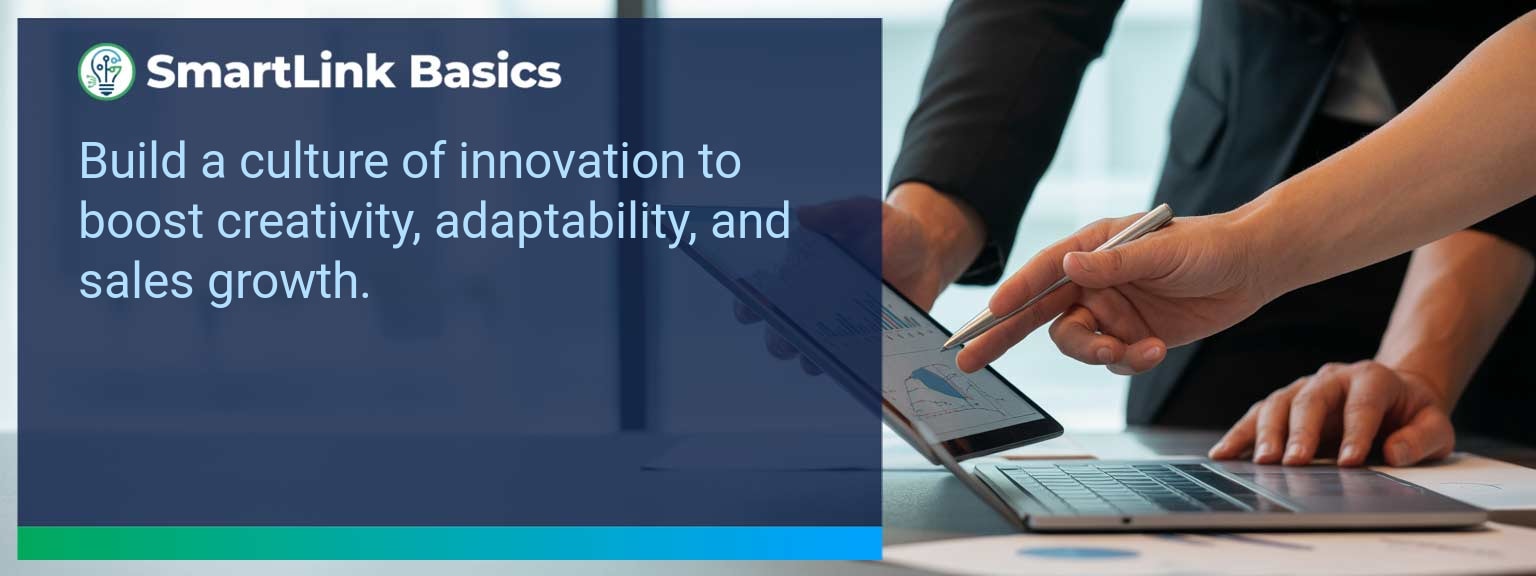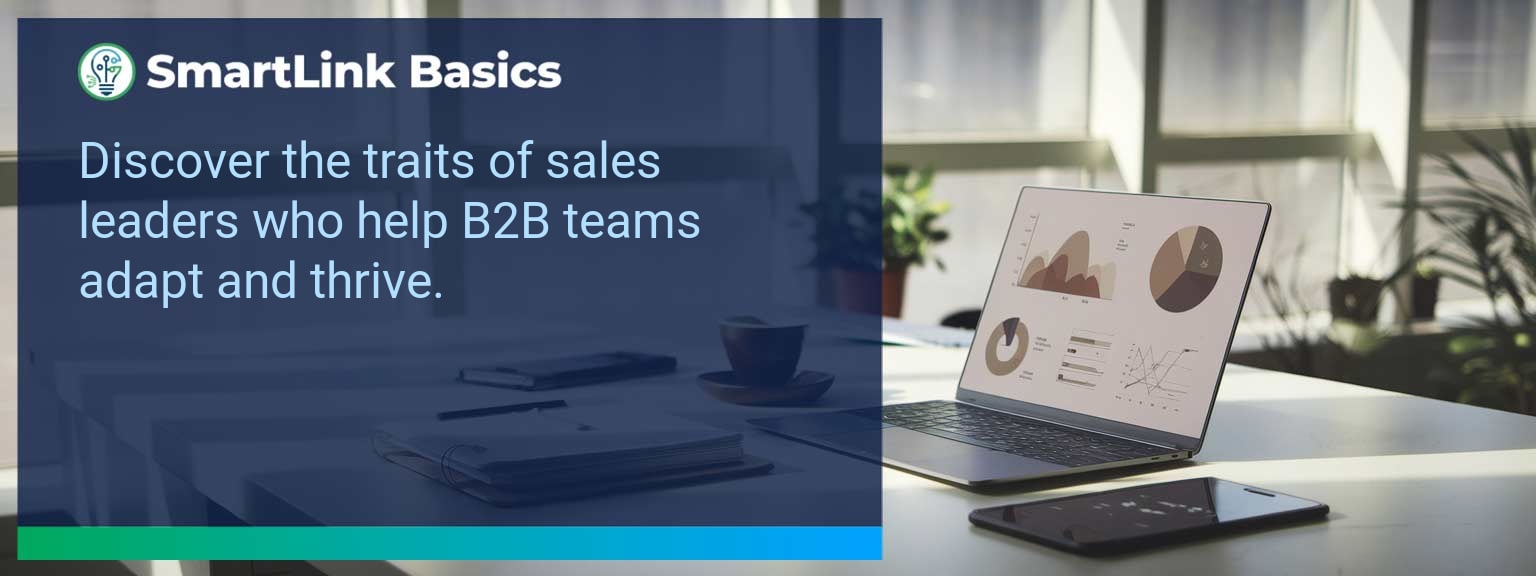High-performing sales organizations routinely reassess the tools and systems behind their revenue engine. A poorly managed tech stack erodes ROI through wasted spend, poor adoption, and fragmented data flow. At SmartLink Basics, we’ve seen companies increase win rates by double digits simply by auditing and streamlining their technology layers. A sales tech stack audit ensures every platform serves a clear role, aligns with your sales process, and contributes measurable value. This guide outlines the practical framework sales leaders can apply to identify inefficiencies, eliminate costly overlap, and create integration-driven efficiency gains. You will learn where to look, what to measure, and how to optimize for maximum ROI in your team’s daily operations.
- Define success metrics and objectives before reviewing tools
- Map all platforms covering CRM tools, sales enablement, and integrations
- Identify overlap, low adoption, and redundant spend
- Prioritize solutions that directly support sales performance and revenue growth
- Reinvest savings into high-impact technology upgrades
What Changed and Why It Matters Now for a Sales Tech Stack Audit
Rapid evolution in CRM tools, automation, and AI-driven sales enablement has created a double-edged sword for sales leaders. While opportunities for scale and personalization have expanded, the risk of technology bloat has grown. Performing a sales tech stack audit now means realigning investments to match today’s buyer journeys and data-driven sales processes. For example, an enterprise team replacing three underused analytics tools with one well-integrated dashboard saw direct cost cuts and faster decision-making. The immediate benefit is eliminating resource drain, but the broader advantage is stronger alignment between technology and sales outcomes.
Redesign the Revenue Operating System With a Sales Technology Audit
A thorough sales technology audit should go beyond cost review—it should question how each tool fits into your revenue operating model.
ICP, Segmentation, and Targeting
Technology must enable precise targeting. If your segmentation platform doesn’t sync cleanly with the CRM, your team wastes time chasing mismatched accounts.
Pipeline Architecture
Audit whether your sales stack enables accurate forecasting. Missing data integrations between pipeline stages cause unreliable predictions.
Plays and Messaging
Tools for messaging and automation must be assessed for personalization capabilities. A campaign platform without effective dynamic content limited conversion in one B2B case study.
Operating Cadence
Sales stack optimization should ensure cadence tools track and prompt the right behaviors, from follow-up sequences to opportunity reviews.
Identifying Gaps And Inefficiencies In Current Systems
An effective audit starts with a complete inventory of your current stack. Include CRM tools, analytics, sales enablement software, proposal systems, and integration middleware. Next, compare tool usage data to license costs. Low adoption often signals poor onboarding or misalignment to workflow. For example, if fewer than 40% of reps use a content library tool, its ROI is questionable unless it supports a critical compliance function. Evaluate cross-tool integration—duplicate data entry is a red flag for inefficiency.
Steps To Conduct An Effective Audit
1. Set audit goals tied to sales ROI improvement.
2. Map sales workflows, linking each step to required technology.
3. Collect usage, satisfaction, and outcome metrics for each tool.
4. Identify redundancies and low-value components.
5. Replace, consolidate, or upgrade systems for better sales performance.
The process should involve team feedback. Often, field input reveals hidden integration issues or workflow gaps missed in the data review.
Achieving Measurable ROI Improvements
ROI gains come from reducing wasted spend, improving adoption of high-impact tools, and eliminating friction points in sales execution. For example, consolidating three lead routing tools into one AI-enabled platform cut response time by 30%, directly impacting conversion rates. Define success before making changes—this ensures measurable before/after comparisons.
Metrics That Matter
| Category | Metric | Definition | Target |
|---|---|---|---|
| Leading | System Adoption Rate | % of users actively engaging with licensed tools weekly | 85%+ |
| Leading | Data Sync Completeness | % of required fields populated across integrated platforms | 95%+ |
| Lagging | Tool ROI | Revenue attributed ÷ total cost of ownership per tool | 3x+ |
| Lagging | Cycle Time Reduction | Average days from lead to close compared post-audit | -15%+ |
| Quality | Integration Reliability | Frequency of successful data sync without errors | 99%+ |
| Quality | Rep Satisfaction Score | Survey-based rating of tool usefulness | ≥ 4.2/5 |
Preparing For Technology Advancements
Future-proofing your sales stack means anticipating shifts in buyer expectations and emerging capabilities such as AI-driven analytics and adaptive sales enablement. Implement scalable integration architecture now—this ensures new tools can be added without disrupting operations. Monitor vendor roadmaps and industry benchmarks to time your upgrades strategically, keeping your sales ecosystem both competitive and cost-effective.
Get the 90-day plan, coaching rubric, and dashboard template to operationalize AI in your enablement program.
Turn Your Sales Stack Into a Competitive Advantage
A well-executed sales tech stack audit eliminates waste, improves integration, and strengthens the link between tools and outcomes. By focusing on adoption, alignment, and measurable ROI, sales leaders can redirect resources toward innovation and team productivity. Get more Sales Leadership insights from SmartLink Basics to build a future-ready tech stack that supports sustained revenue growth.









